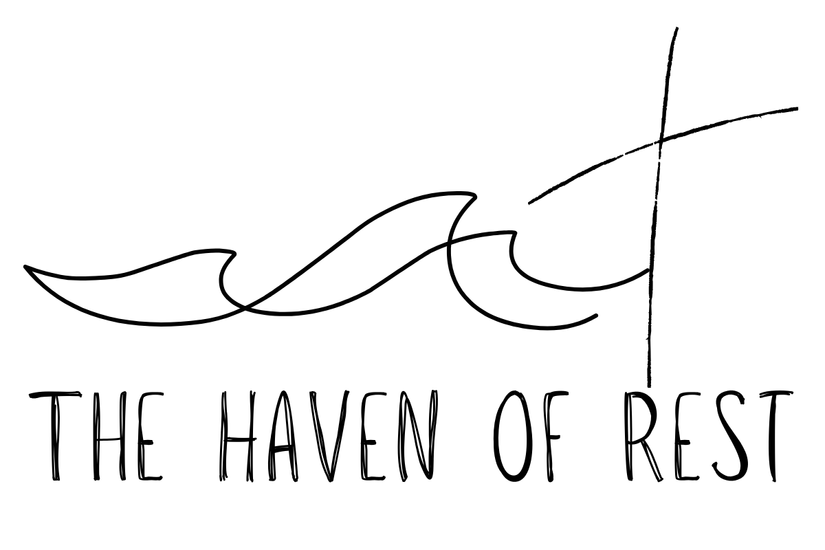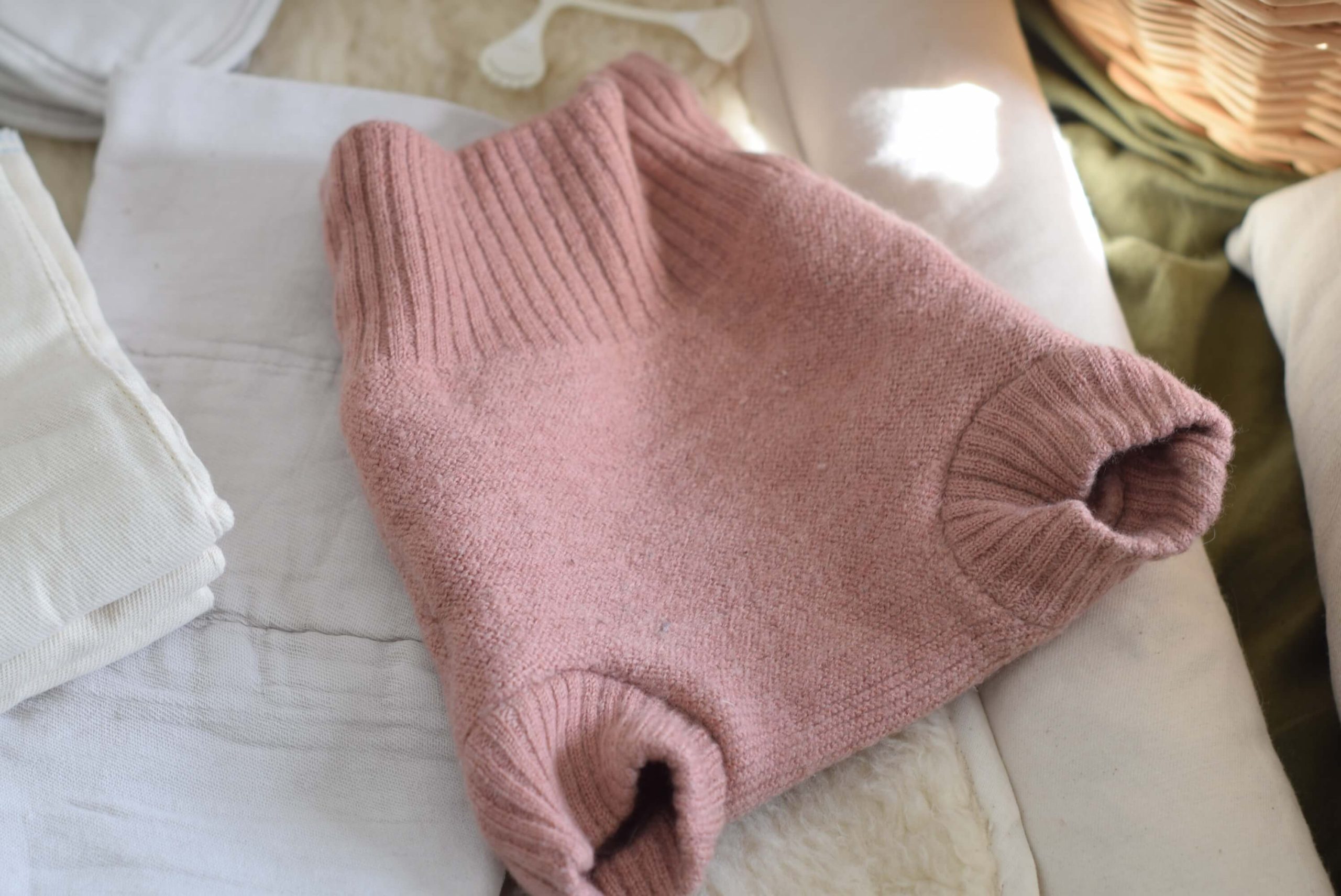Cloth diapering is a fantastic way to diaper if you love a simple lifestyle. And it will save you money! In my opinion, one of the best options for cloth diapering is using pre-folds in combination with wool soakers.
They are made from a natural material, are soft, and provide many benefits compared to other types of cloth diapers. In this blog post, we will explore wool cloth diapers and provide a comprehensive guide to help you make an informed decision about diapering with wool cloth diapers.
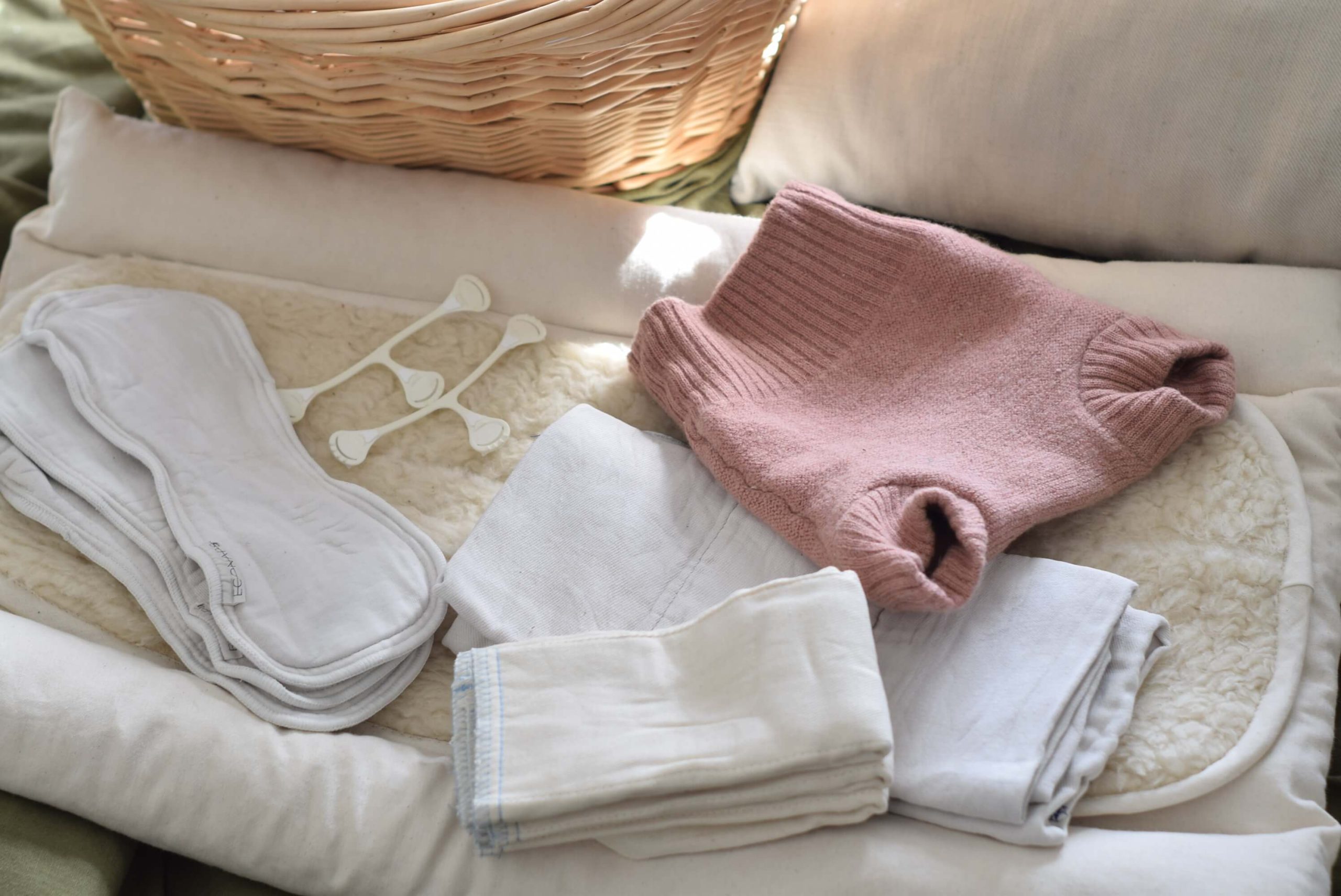
All opinions and experiences are my own.
About wool
Wool is a natural material that is perfect for diapering. Unlike synthetic materials, wool is breathable, which helps to keep babies comfortable and reduces the risk of diaper rash. It is also naturally antibacterial and antifungal, so it can help to prevent odors and infections. Additionally, wool is a renewable and sustainable resource, making it an eco-friendly choice for families who are looking to reduce their environmental impact. Furthermore, wool can absorb up to 30% of its weight in moisture, making it an ideal material for cloth diapers. Getting excited about wool cloth diapers…? Read on!
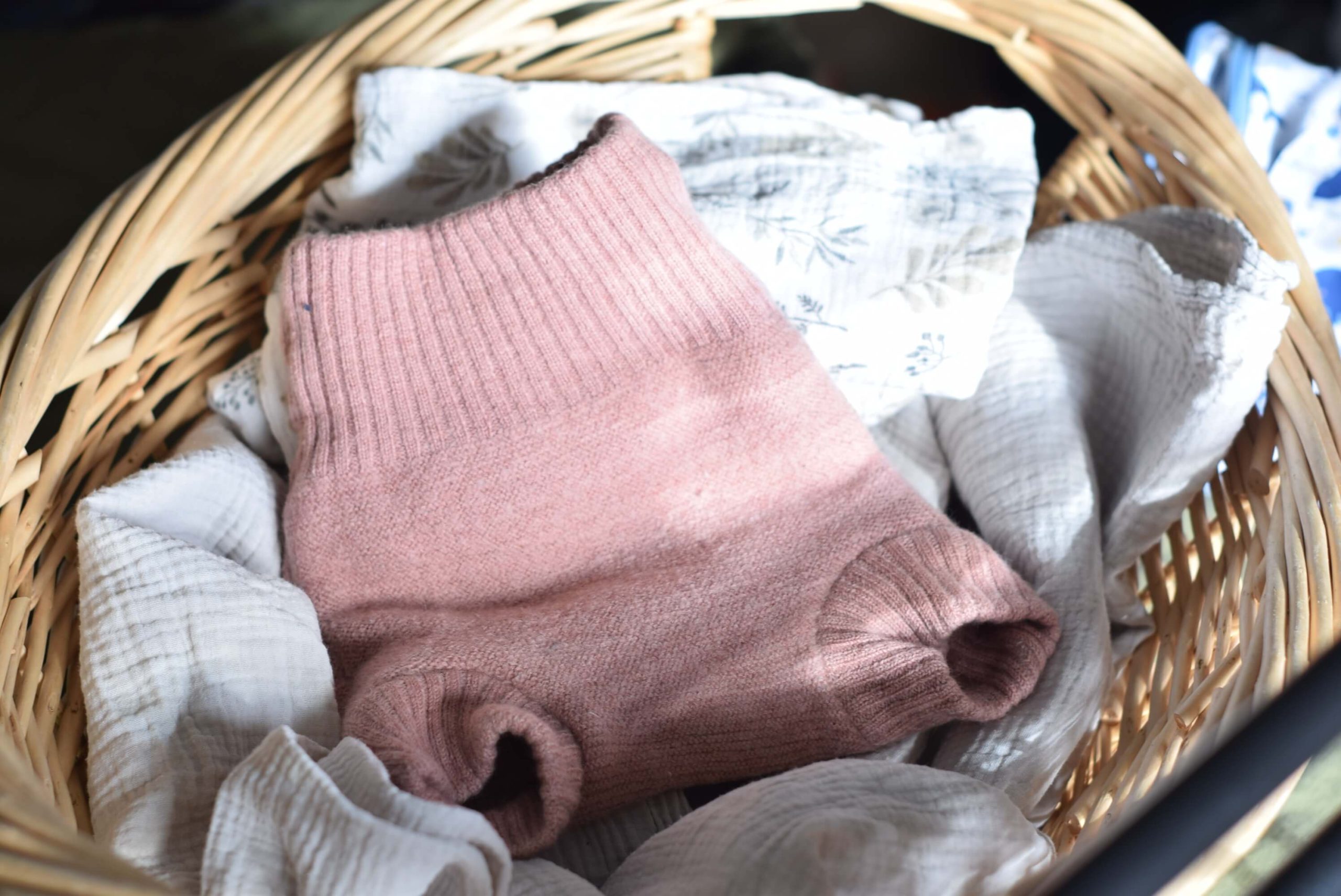
How to use wool cloth diapers?
When I’m talking about wool cloth diapers I’m actually talking about a diaper cover made of wool. The diaper cover, also called a “wool soaker” is made of two layers of knit wool fabric. These two layers will form a leakproof barrier.
While you may not think that these covers can really be leakproof, they really are. Because they’re made of two knit layers of wool and still contain the natural lanolin they become the perfect, natural companion in cloth diapering. They are used by many specifically for the night because they are so good at being leak-free.
So the cover is made of wool and the inserts can be bamboo, hemp, cotton, or flannel. Anything natural and well-absorbing. You can use a brushed cotton/ muslin blanket and fold it and use a snappy to fasten them or use a cotton tie nappy with or without a booster, depending on the need.
For nights it is recommended you use at least one booster liner. Bamboo liners are great for this since they can absorb a lot of moisture. However, every baby is different so some might be heavy wetters that need more boosters and for others a simple absorbing liner is sufficient.
Wool soakers
Wool soakers are a type of cloth diaper cover made from wool. They are designed to be worn over a cloth diaper to provide protection against leaks. Wool soakers are made from soft and breathable (merino) wool, which is known for its natural insulating and moisture-wicking properties.
Wool soakers still contain some of the natural lanolin. That’s the wool fat that will make this diaper cover leakproof. Even during the night!
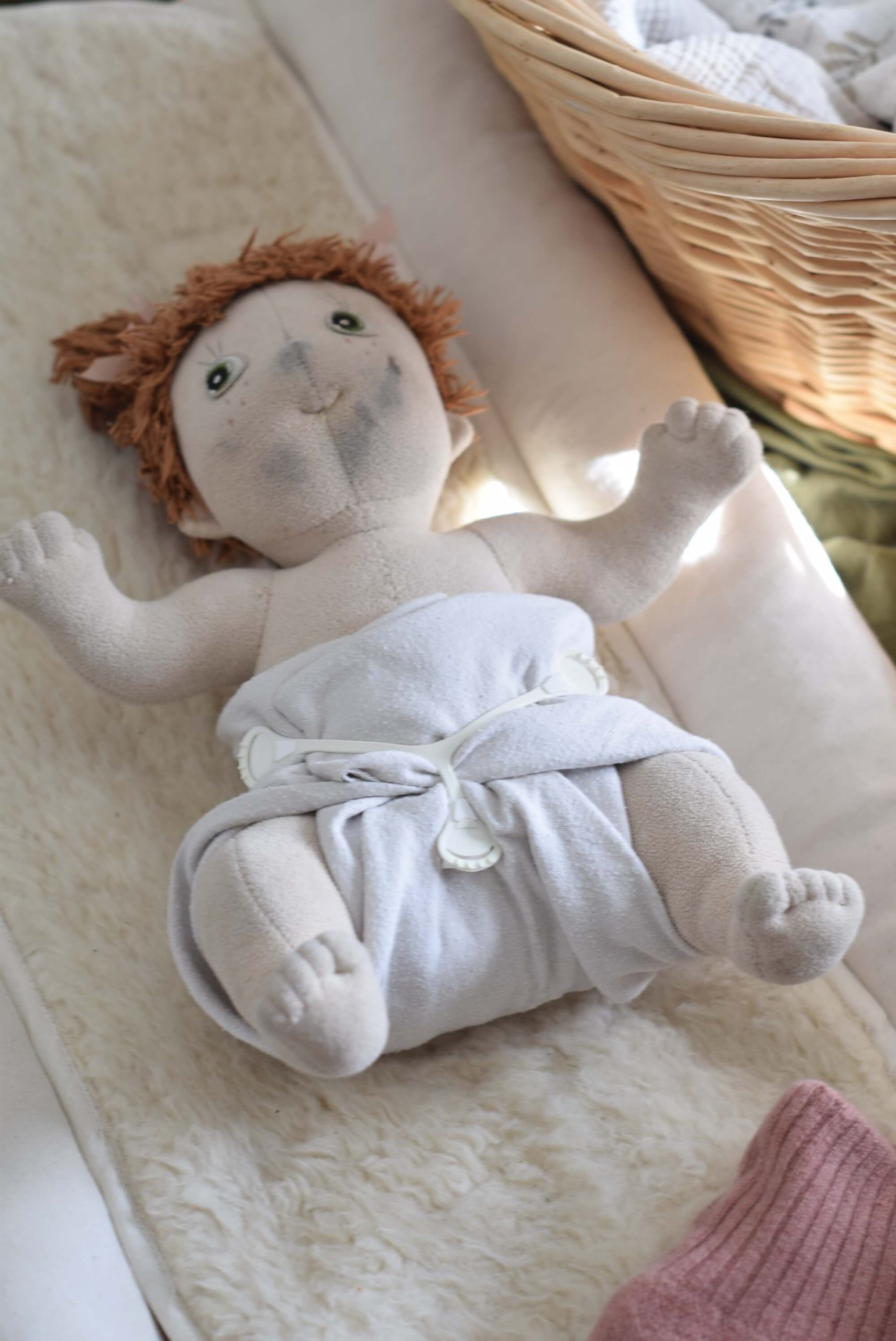
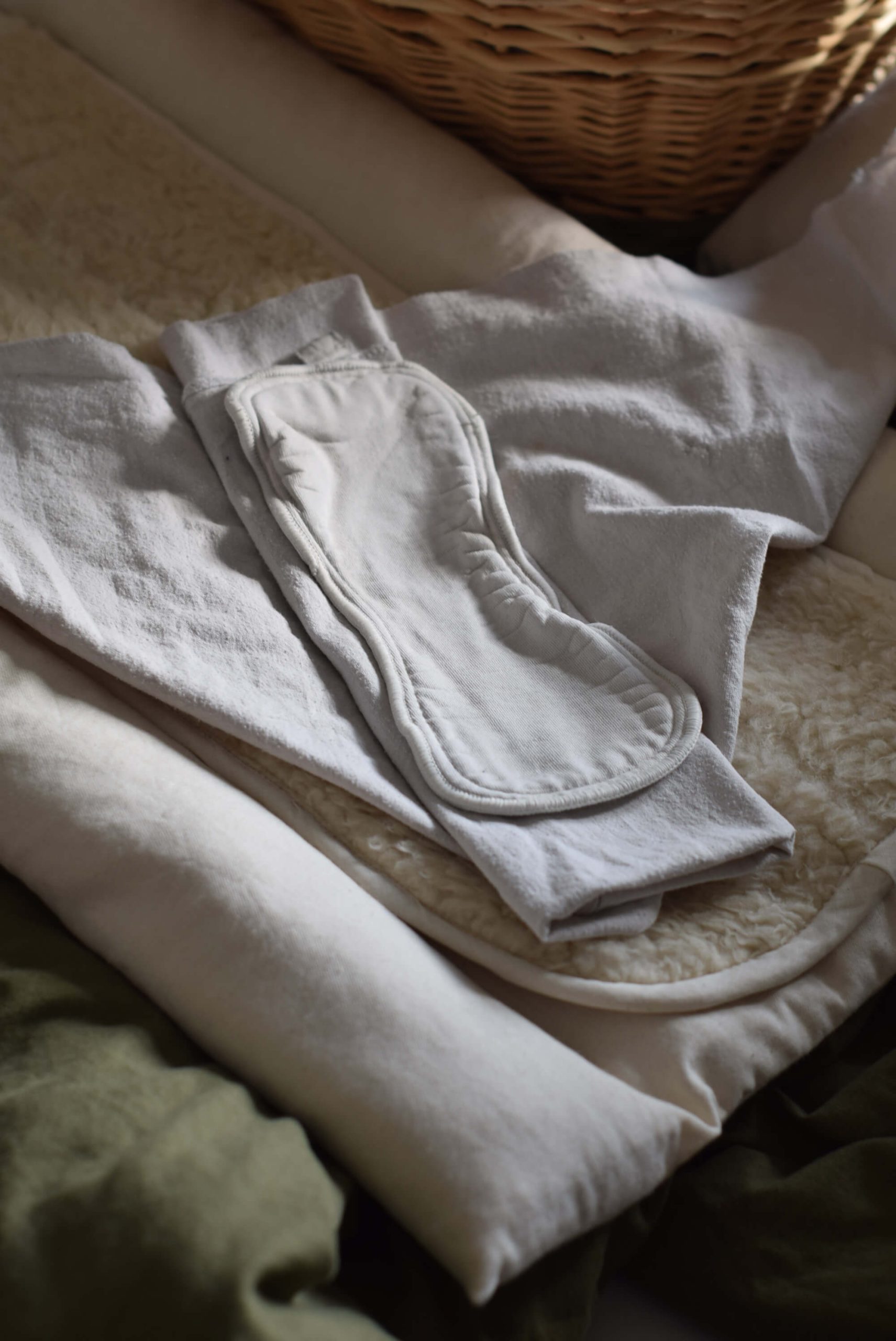
Choices
Wool soakers come in a range of styles and sizes, so you can choose the one that best fits your baby’s needs and what’s most convenient for you. Most wool soakers have a simple, pull-on design, like the ones Disana sells, while others feature snap closures for a secure fit, like the ones sold at myllymuksut.com.
Some wool soakers are designed to be used as a cover for fitted cloth diapers, while others are designed to be used with pre-fold cloth diapers or flat-cloth diapers. My experience is that either pre-fold or flat-fold cloth diapers are most convenient to use since they dry quickly. That in combination with a pull-on diaper, since that’s just really easy to put on. But that’s totally up to you.
Unlike synthetic covers, wool soakers are made from a renewable resource, and they are biodegradable. Additionally, wool soakers are naturally insulating, so they can help keep your baby warm in colder weather, and they are naturally moisture-wicking, so they will keep your baby dry, even during the night.
I like these Snappies best. I’ve tried different methods as an alternative to safety pins, but these keep in place the best ↓
Taking care of wool soakers
It’s important to take good care of them to keep them in good condition. Though, one of the best things about wool soakers is, that they don’t need much care. That’s another great benefit of wool; it is naturally self-cleaning. The natural lanolin in wool helps to repel water, bacteria, and other microbes, making it an ideal material for cloth diapering and user-friendly since you don’t have to wash it every time it has been worn.
After a wool soaker has been worn, simply hang it to dry (if it’s wet at all! In case the cover is very wet, consider adding a booster). The natural lanolin present in the wool fibers REALLY makes it self-cleaning. You will notice that the smells really are gone after a day of airing the wool soaker.
In case the wool soaker is stained, use ox gall soap topically to remove stains. Do not rub or wring since this will cause the wool soaker to felt. Which will make it stiff and much less comfortable for the baby to wear.
For more wool wash and care tips, be sure to check out this post I wrote!
Machine wash
Most wool soakers can be machine washed, although it’s important to use a gentle cycle and detergent. Avoid hot water and high heat to avoid shrinking or felting. Hand washing is definitely the preferred method if you ask me. Keep in mind that wool soakers really don’t need to be washed often.
When you choose to give those wool cloth diaper covers a machine wash make sure to always use detergent specifically suitable for wool and use a special wool program on your machine. This will ensure a gentle cycle, no sudden changes in temperature, and gentle spinning.
Every wool soaker also needs to be lanolized regularly to maintain their water-resistant properties. You can make your own lanolin spray. For the recipe for DIY lanolin spray check out my blog post on DIY lanolin spray.
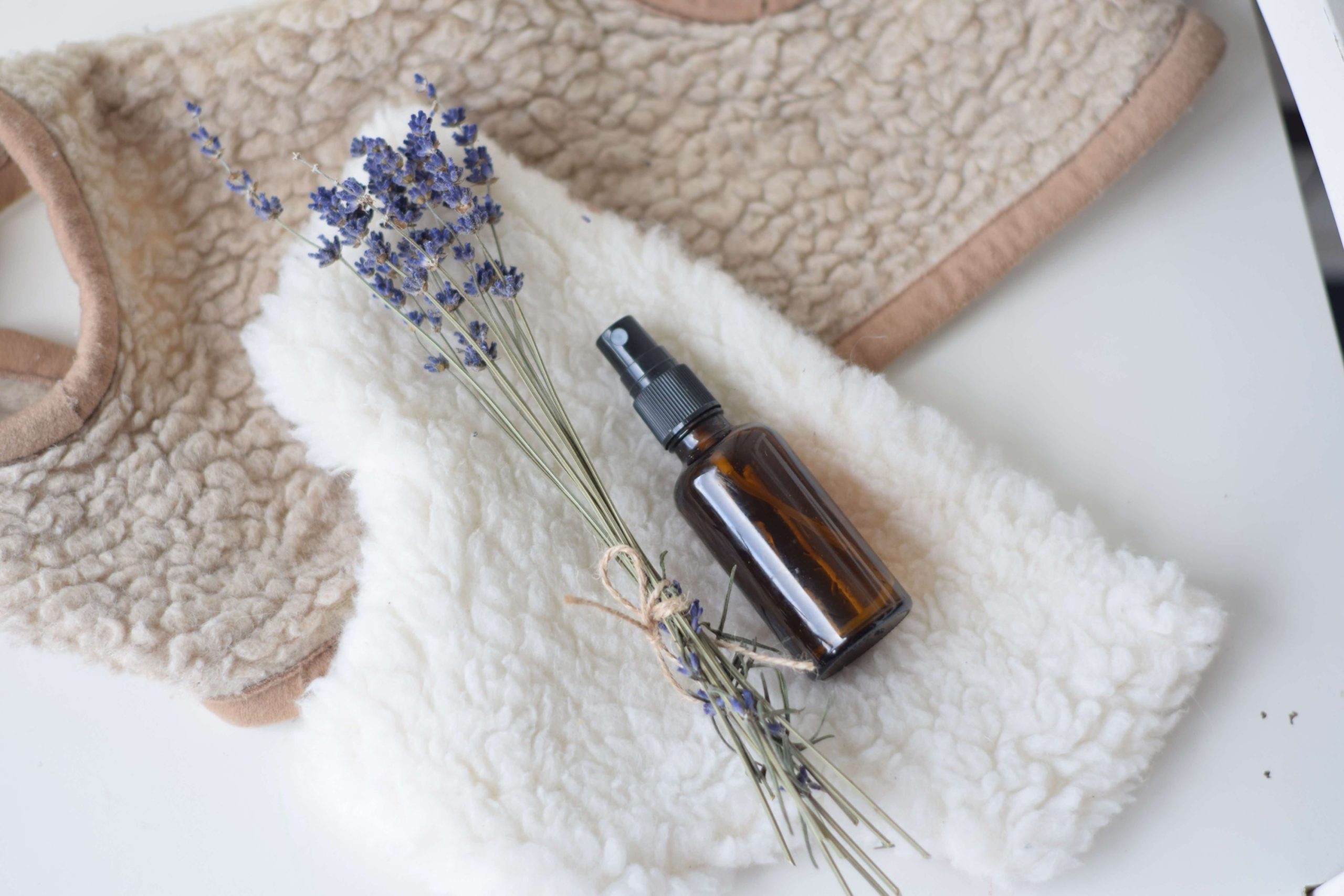
You might like…
DIY Lanolin spray
Keep your woolies soft and leak proof by making your own lanolin spray!
Super easy to make, give it a try!
Hand wash
Caring for wool cloth diapers is relatively easy and straightforward, but there are a few important steps you should follow to maintain the quality and effectiveness of the wool diaper covers. I can’t repeat it enough, but wool doesn’t need to be washed often. Washing topical stains is always better than washing the whole wool soaker.
Here are some guidelines for caring for your wool cloth diapers if you need to wash them by hand:
Wash moderately: It’s important to wash your wool cloth diapers if you need to remove any dirt, urine, and other waste. You can wash your wool cloth diapers in a washing machine using a gentle wool-specific detergent and wool friendly setting on your machine. Avoid using hot water, fabric softeners, sudden changes in temperature e.g. going from really cold to very hot water and high heat, as they can damage the wool fibers.
Rinse thoroughly: Make sure to rinse your wool cloth diapers thoroughly to remove any remaining detergent. This will help to keep your diapers clean and free from any skin irritation. Don’t wring or rub to dry! It’s best to place the wool soaker between a towel, roll it up and gently squeeze out the excess water. Let air dry.
Air-dry: After washing, air-drying your wool cloth diapers is the best option. The heat from a dryer can shrink or damage the wool fibers, so hang your diapers in a well-ventilated area away from direct sunlight and heat sources to avoind sudden changes in temperature which can make the wool soakers felt.
Re-lanolize: Over time, the natural oils in wool can be stripped away, leaving your diapers less effective. To restore the waterproofing qualities of your wool cloth diapers, you can re-lanolize them using a lanolin-based product. Disana sells a good wool lanolin treatment product. Simply add a small amount of the lanolin treatment product to hot water to help it dissolve. Add as much cold water untill it reaches the desired temperature. Add your clean, wool soaker and let sit for as long as needed, no longer than half an hour, gently squeezing and massaging it to spread the lanonlin evenly. For a daily fresh up, use a lanolin spray. Dry the wool soaker between to towels and let them air dry.
No leaks, please!
Diaper covers are an essential part of cloth diapering. After all, they will ensure no leaks. Wool covers are a great option. They are designed to be used over cloth diapers, providing an extra layer of protection against leaks and keeping babies dry. Wool covers are available in a range of sizes and styles, so you can choose one that is the perfect fit for your baby.
One of the best things about wool cloth diapers is that they are versatile. They can be used with a single- or multiple layer insert as a diaper cover, depending on the absorbency you need. This makes them a great option for both day and night diapering, as well as for traveling. When you no longer need them as a wool diaper cover they’ll still look super cute on your baby when he wears them as wool pants.
Merino wool is a particularly popular choice for wool cloth diapers. Merino wool is known for its softness and comfort, making it a great choice for babies. It is also naturally moisture-wicking, which helps to keep babies dry and reduces the risk of diaper rash.
Never stop learning…
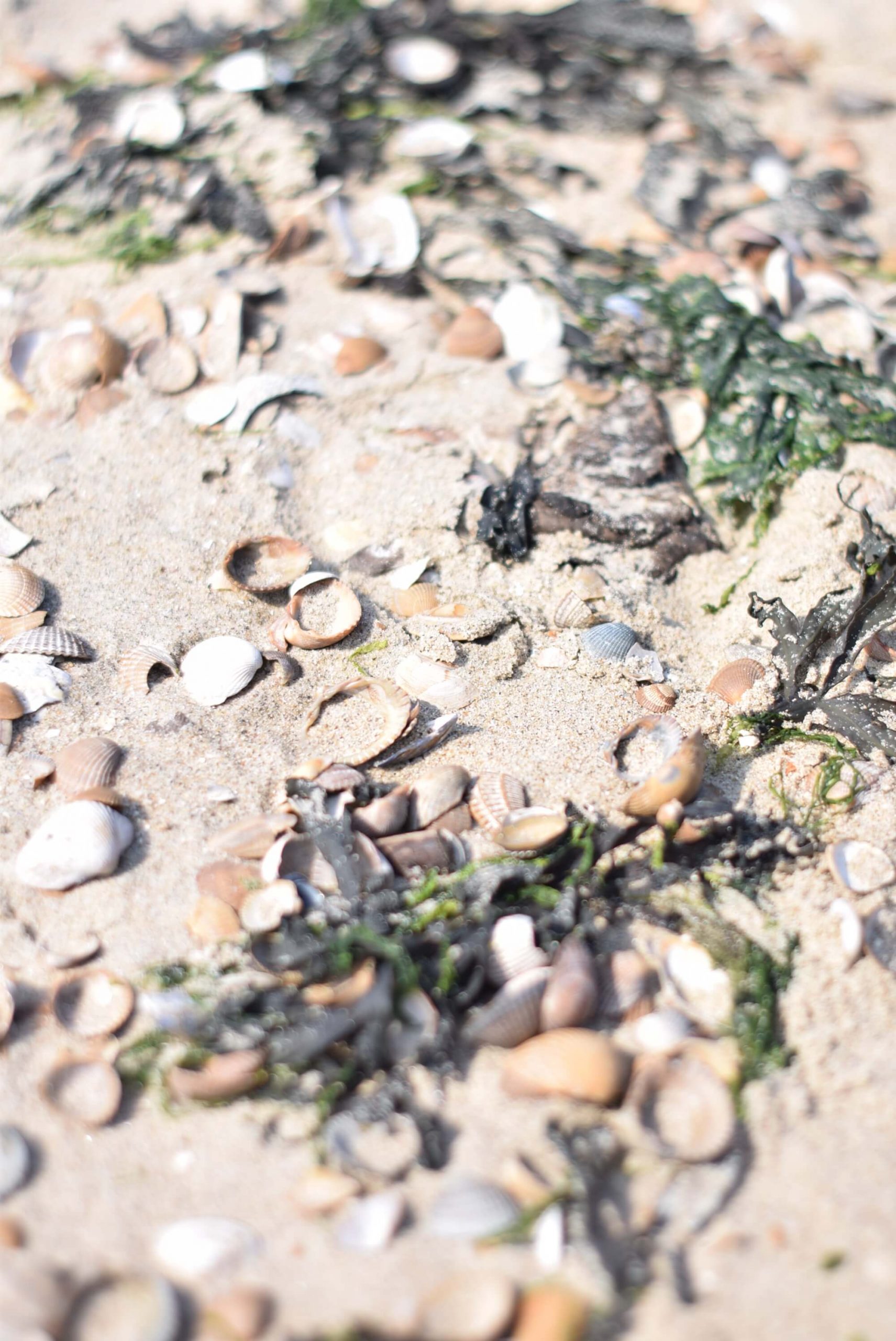
Subscribe to the newsletter and receive more inspiration on simple living.
You can unsubscribe any time
Sizing
If you decide to give it a try, it’s of course important to choose the right size. You always add one size to your baby’s current clothing size. So, for a newborn, you start with size 62/68 (3-6 mo). Unless you have a really tiny baby. Wool soakers tend to shrink and felt a little which will give them a good, snug fit. Wool soakers will actually get better over time since they will felt a bit, and that will make them even more leakproof.
What do you need to get started with wool diapers?
Getting started with wool cloth diapers is a very cost-effective way of cloth diapering and requires a relatively small investment compared to other methods of cloth diapering. Once you have all the basics, it is a cost-effective and eco-friendly way to diaper your baby. Here’s what you’ll need to get started:
- Wool covers: At least two of the same size. These go over a cloth diaper insert or nappy and help to keep your baby dry. Look for covers made from double knit, 100% wool, as synthetic blends may not be as breathable or effective. Disana is a reputable brand that sells quality wool products. Disana wool soakers are available via Ziloen or Little Spruce Organics.
- Cloth diapers: You’ll need a supply of cloth diapers to use with the wool covers. You can choose from flat or fitted diapers, and consider using a booster to add extra absorbency. Any type with bamboo is a great option since bamboo boosters can absorb a lot of moisture. That makes them especially useful for night diapers. Tie nappies are also a very convenient and affordable option.
- Diaper pins or Snappis: To secure the cloth diaper in place, you’ll need either diaper pins or a Snappi. Snappis are a safer alternative to diaper pins and are easier to use. You’ll use a wool soaker over the cloth diaper.
- Wool wash and lanolin spray: To care for your wool covers, you’ll need a special wool wash and lanolin to keep the wool soft and waterproof.
- Wet bag or diaper pail: You’ll need something to store dirty diapers in until laundry day.
In addition to these items, you may also want to consider purchasing additional wool covers for when one is in the wash and a drying rack for air-drying the covers after washing.
Since you’ll be washing the diapers anyway, you might want to consider going for washable wet wipes as well. This is easier than using disposable wipes, as you cannot throw those disposables in the washing machine. You’ll need to keep those separate and well… that could become a messy challenge when changing a diaper. With reusable wipes, you can just fold them in the used diaper and wash them together.
Recommendations
If you are interested in diapering with wool cloth diapers, Disana is a great brand to consider. Disana is a German company that specializes in natural and organic wool products, including wool cloth diapers. They offer a range of products, including wool diaper covers and pre-fold cloth diapers, so you can find the perfect fit for your baby. They are sold at Ziloen (they ship worldwide!) or Little Spruce Organics. Both stores carry a wide range of double-knit wool diaper covers, in different colors and other cloth diapering essentials. Worth checking those out!
Let’s wrap this up
In conclusion, wool cloth diapers are a fantastic choice for parents who are looking for a natural and sustainable option for diapering. They provide a number of benefits, including softness, comfort, and excellent moisture control. Wool cloth diapers are the kind of cloth diaper that requires the least investment especially if you use them with tie nappies (they will fit from birth to potty training!).
With the right care, wool cloth diapers can last for years, making them a great investment for any parent. So if you are looking for a natural and sustainable way to diaper your baby, consider wool cloth diapers!
